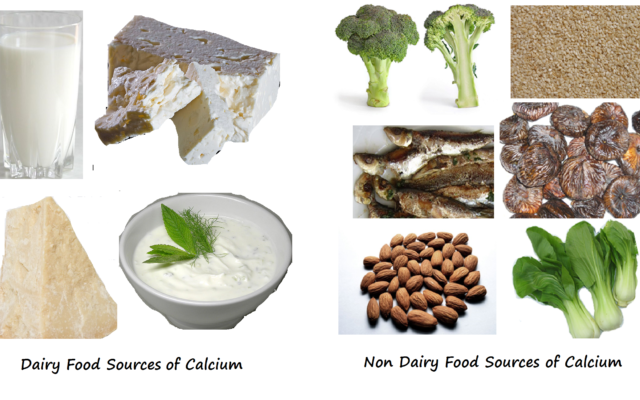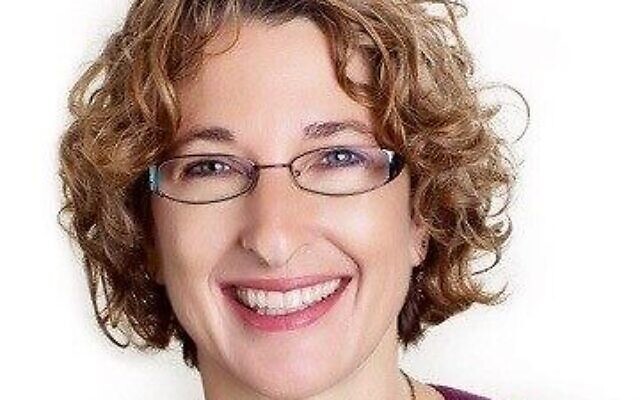Gyn Siegel Bones Up on Osteoporosis
Piedmont Healthcare gynecologist shares risk factors and tips for bone health.
After 37 years with the Atlanta Journal-Constitution and now with the AJT, , Jaffe’s focus is lifestyle, art, dining, fashion, and community events with emphasis on Jewish movers and shakers.
As Blythe Danner waltzes across the television screen in seemingly nonstop Prolia commercials, gynecologist Gabriela Siegel counsels patients on prevention and strategies to manage osteoporosis, defined as a skeletal disorder characterized by loss of bone mass that could increase vulnerability to fracture.
Siegel stated, “Ten million Americans have it. Women are five times greater than men to have the disease. Six percent of men do have osteoporosis; 25 percent of women over 65 have osteoporosis, 52 percent have osteopenia. Women have two times the fracture rate than men. It’s really about lifestyle plus genetics.”
In terms of diagnosing, current guidelines recommend starting testing at 65, unless there are other risk factors. A bone density test (dual energy X-ray absorptiometry) typically focuses on the lumbar spine and hip areas as those are the most common fracture sites. Sometimes the forearm is also checked.
“Not every fracture is an indication of osteoporosis. The best line of defense is exercise in a multi-focal exercise plan, focused on weight-bearing, and daily calcium intake, physical activity and adequate nutrition. Calcium intake is best achieved by eating three to four servings daily of some form of dairy or calcium-fortified foods. We need to gauge dairy intake like cheese, milk even skim, and a cup of calcium- enriched orange juice, which typically has 25 percent of the daily requirement. Vegetables are good as a little extra, like broccoli, but you’d need to eat way too much to equal a glass of milk.” Children need 1,300 milligrams a day, 1,000 for those under 50, and 1,200 for those over 50. Siegel also says to add Vitamin D 600 to 800 IUs (international units) a day, especially for those 70 and up.

Only walking is not enough, she said. The most effective exercise regime should include multidisciplinary combinations, which could include yoga, walking, cardio, bodyweight resistance such as planks, Pilates, barre, light weights, and push ups. Exercises that focus on balance are very important for fall prevention, Siegel continued.
Once the diagnosis is made, Siegel evaluates pharmaceutical options with first-line meds, bisphosphonates such as Actonel and Fosamax. She cautions, “After long-term use of these (five to 10 years), there have been incidences of atypical long bone fractures, so we may choose to switch to Evista or Prolia, the former for younger patients. Other meds like Forteo are on the market, but not in our first line tool kit. The caution is if one comes off the meds, the condition will regress. Medication groups work on different mechanisms. It’s a calculated decision to make with your doctor.”
As a gynecologist, Siegel treats osteoporosis, but not all such specialists do. When patients do not respond to these courses of treatment, they can be referred to a rheumatologist or endocrinologist.
Although bone pathways may be genetic, peak bone mass is reached around age 20. She lamented, “After that, it’s all about prevention. We see rapid loss beginning about one year before menopause as estrogen levels begin to decline, and continues for three years, then might plateau. Some who have taken hormone treatment may have better bone health but is not prescribed for osteoporosis treatment because of other risk factors like stroke or breast cancer.”
Siegel grew up in Washington, D.C., and trained at George Washington University Medical Center. She moved to Israel in 1995 and practiced obstetrics-gynecology for eight years at the regional hospital Assaf Harofeh, directing an outpatient high-risk obstetrical clinic. In 2003 she and her scientist husband moved to Atlanta where she practices at Atlanta Women’s Obstetrics & Gynecology. They have three children ages 22, 26 and 30. She enjoys cooking, baking, hiking, theater, museums and lots of exercise.
“I exercise frequently and pay attention to my own calcium intake because my mother has significant osteoporosis, and I don’t want to shrink and be any shorter than I already am, relative to my kids!”
Siegel’s list of risk factors:
- History of smoking
- One parent had hip fracture
- Oral steroid medication use (long-term)
- Consuming more than three glasses of alcohol a day
- History of fragility fracture, one that would not happen under normal circumstances. Example: diving into water and suffering fracture.
- Rheumatoid arthritis and some other secondary causes
- Body weight under 127 pounds




comments